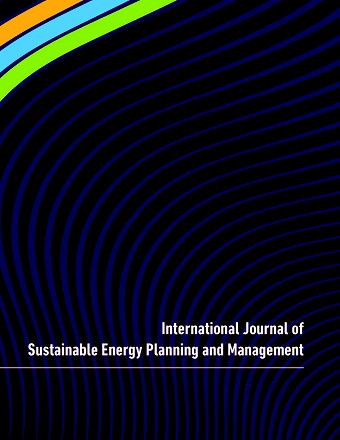Investigating the cost-effective energy efficiency practices with mitigated rebound: the case of energy intensive industries
Main Article Content
Abstract
The present study aims at finding a practical policy for reducing energy consumption in through simultaneous energy subsidy reduction and energy efficiency improvement. To be a practical solution, the efficiency practices should be chosen from feasible energy efficiency potentials. To mitigate the economy-wide rebound effect, energy price should be increased in accordance with efficiency enhancement.
The combination of a top-down dynamic general equilibrium model with a bottom-up efficiency improvement module is used to find the set of efficiency practices that should be realized in each period along with the required increase in energy prices. Choosing efficiency practices depends on their costs and on the available funds. The model is applied for the energy-intensive industries in Iran.
The model results show that over less than ten years, the energy efficiency of electrical and natural gas equipment in energy intensive industries of Iran can be increased by 12.7% and 18.1% respectively. The rebound effect starts with values above 80% and then falls below zero percent which indicates the success of the proposed policy in preventing the rebound effect. Results also demonstrate that the implementation of the policy realizes the 4% reduction in CO2 emissions by 2030 which is Iran's unconditional pledge.
Article Details
Articles published in International Journal of Sustainable Energy Planning and Management are following the license Creative Commons Attribution-NonCommercial-NoDerivs 3.0 Unported (CC BY-NC-ND 3.0)
Authors retain copyright and grant the journal right of first publication with the work simultaneously licensed under a Creative Commons Attribution License: Attribution - NonCommercial - NoDerivs (by-nc-nd). Further information about Creative Commons
Authors can archive post-print (final draft post-refereering) on personal websites or institutional repositories under these conditions:
- Publishers version cannot be stored elsewhere but on publishers homepage
- Published source must be acknowledged
- Must link to publisher version

